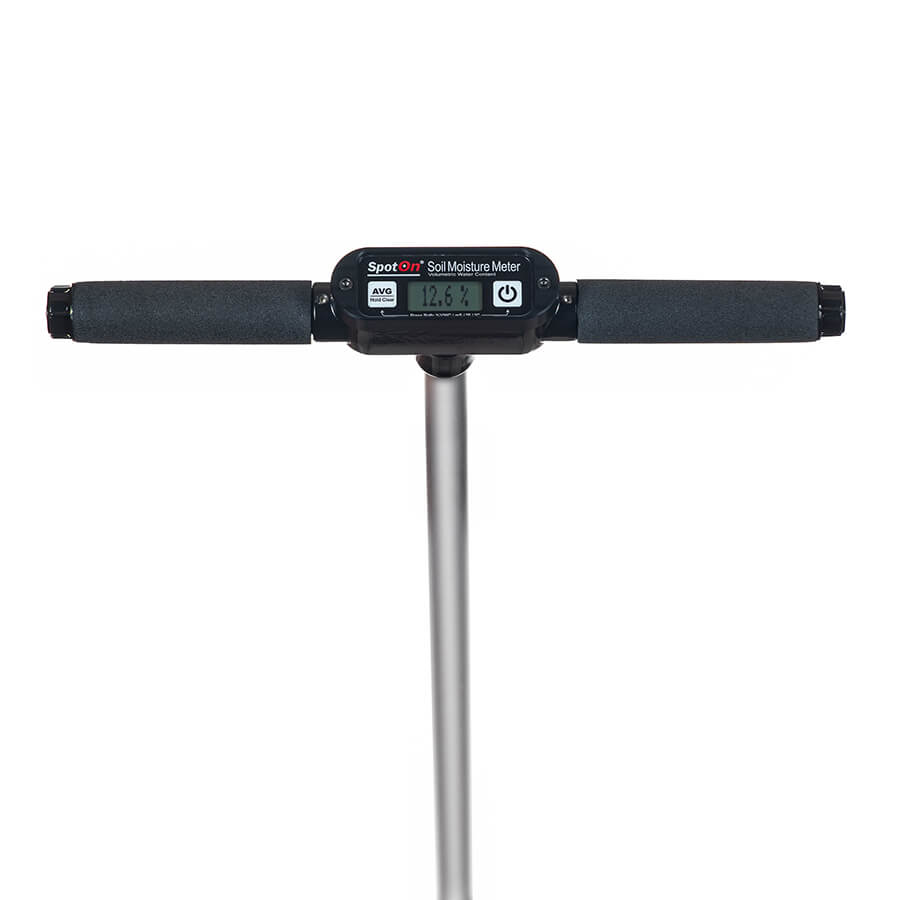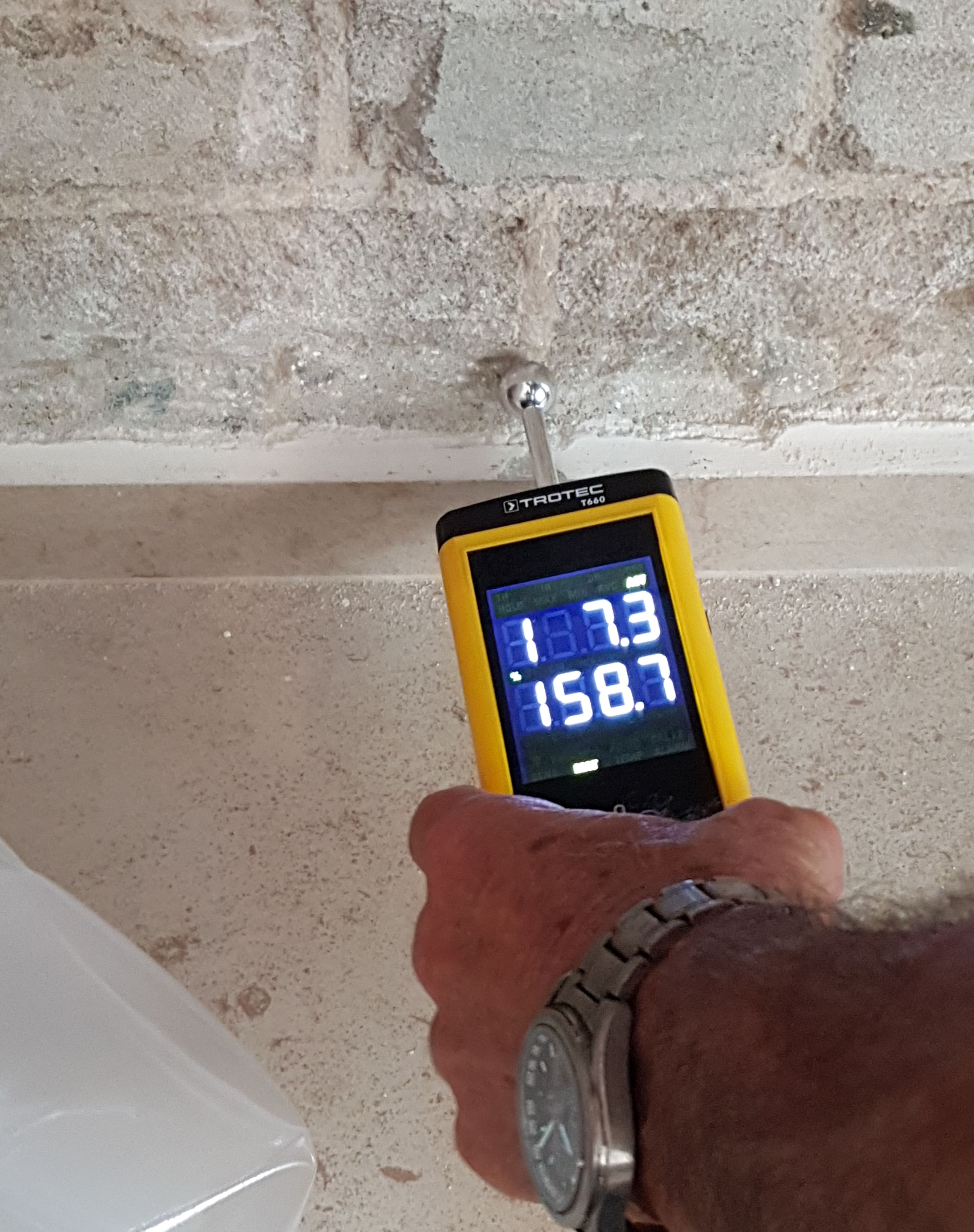The Scientific Research Behind Moisture Meters: Just How They Function and Why They're Crucial
The Scientific Research Behind Moisture Meters: Just How They Function and Why They're Crucial
Blog Article
Comprehending the Significance of a Moisture Meter in Preventing Mold and Water Damages in Your Home
In the world of home maintenance, the visibility of moisture can often be a quiet yet formidable foe, efficient in creating pervasive mold and mildew development and dangerous water damage if left unattended. Amidst the serene ambiance of a residence, concealed moisture issues can brew underneath the surface, posturing a risk to both residential property and health. Outfitted with the right tools and knowledge, house owners can proactively battle these possible threats. Comprehending the significance of a wetness meter in this fight is not just an option however a critical requirement.
Relevance of Moisture Discovery
Reliable dampness discovery approaches are critical for guarding homes and stopping prospective mold growth and water damage. Dampness can permeate right into different building materials, leading to architectural concerns and carcinogen. By making use of a dampness meter, homeowner can proactively determine areas prone to excess moisture, enabling prompt intervention and mitigation strategies.
Moisture meters offer accurate analyses of wetness levels in different materials such as drywall, timber, and concrete. This information assists in pinpointing areas of concern, also in surprise or hard-to-reach places. Early discovery of wetness accumulation makes it possible for timely repair work or adjustments to protect against more damage.

Exactly How Moisture Meters Job
Wetness meters play a pivotal duty in the positive recognition of excess wetness, aiding in the avoidance of potential mold and mildew growth and water damages by providing exact readings of dampness levels in different building products. These devices function based upon different principles, relying on their kind. Moisture Meter. Pin-type wetness meters, for example, have 2 pins that pass through the material to determine the electrical resistance between them. When moisture is present, it boosts the material's conductivity, causing a lower resistance reading. Pinless dampness meters, on the other hand, use electro-magnetic sensors to check the material without triggering damages. These sensors emit electromagnetic signals that pass through the material and measure the dielectric residential or commercial properties, showing moisture material. Some progressed moisture meters pin both integrate and pinless innovations for extensive wetness discovery. Recognizing how moisture meters function is necessary for timely and precise dampness degree analyses, enabling efficient precautionary actions versus mold and water damage.
Finding Early Indication
Upon preliminary examination of a residential property, recognizing subtle signs of excess dampness comes to be important in the very early discovery of potential mold development and water damages. Water stains can signal leaks or seepage, while peeling off paint or wallpaper might be an outcome of moisture compromising the bond of these materials to the surface area. In addition, a rise in allergic reaction symptoms or link respiratory issues among residents might recommend the visibility of mold and mildew due to excess dampness.
Preventing Mold Development
Recognizing early indication of excess dampness within a building not just allows prompt detection of possible mold and mildew growth and water damages yet likewise serves as a proactive action in avoiding the expansion of mold and mildew. To properly prevent mold and mildew growth, it is important to deal with any type of sources of dampness quickly. This can consist of fixing leakages in roofs, windows, or pipes, making sure proper ventilation in moist locations like shower rooms and kitchen areas, and using dehumidifiers in high-humidity spaces. More about the author Routinely inspecting and maintaining the home's plumbing, roofing system, and seamless gutters can also help in preventing water breach that could result in mold and mildew growth.
Along with attending to moisture sources, keeping indoor humidity degrees below 60% can significantly prevent mold development. Appropriate air flow, adequate insulation, and using air conditioning system or fans can help control interior humidity degrees. Checking wetness levels in locations susceptible to dampness, such as basements and crawl rooms, using a wetness meter can likewise aid in early detection of elevated moisture levels and prospective mold and mildew development. By taking aggressive measures to avoid excess wetness and mold and mildew development, house owners can safeguard their building and interior air quality.
Advantages of Regular Tracking
Normal tracking of wetness levels in a residential property can play a critical duty in preserving a healthy and balanced indoor setting and stopping potential mold and water damages. By routinely examining moisture degrees, house owners can discover any issues quickly and take required actions to stop mold development and water damages. One of the crucial advantages of routine monitoring is very early detection. By recognizing and resolving high wetness degrees early, house owners can intervene prior to mold has the opportunity to spread out and develop. This proactive technique can save both money and time over time by stopping comprehensive mold removal and repair service prices.
In addition, regular monitoring permits house owners to track patterns and patterns in wetness levels over time. By establishing a baseline and monitoring adjustments, people can determine any areas of issue or prospective susceptabilities in look at this site the residential property's framework. This data-driven approach allows targeted interventions and upkeep efforts to deal with underlying problems before they rise into even more considerable troubles. Eventually, the regular tracking of dampness levels empowers property owners to safeguard their residential or commercial property, safeguard their health and wellness, and protect the integrity of their interior environment.

Final Thought

By utilizing a dampness meter, residential or commercial property owners can proactively recognize locations vulnerable to excess dampness, permitting for timely intervention and mitigation approaches.

Keeping an eye on moisture degrees in locations vulnerable to moisture, such as basements and creep spaces, making use of a wetness meter can also help in very early detection of elevated moisture levels and potential mold and mildew growth. (Moisture Meter)
Report this page